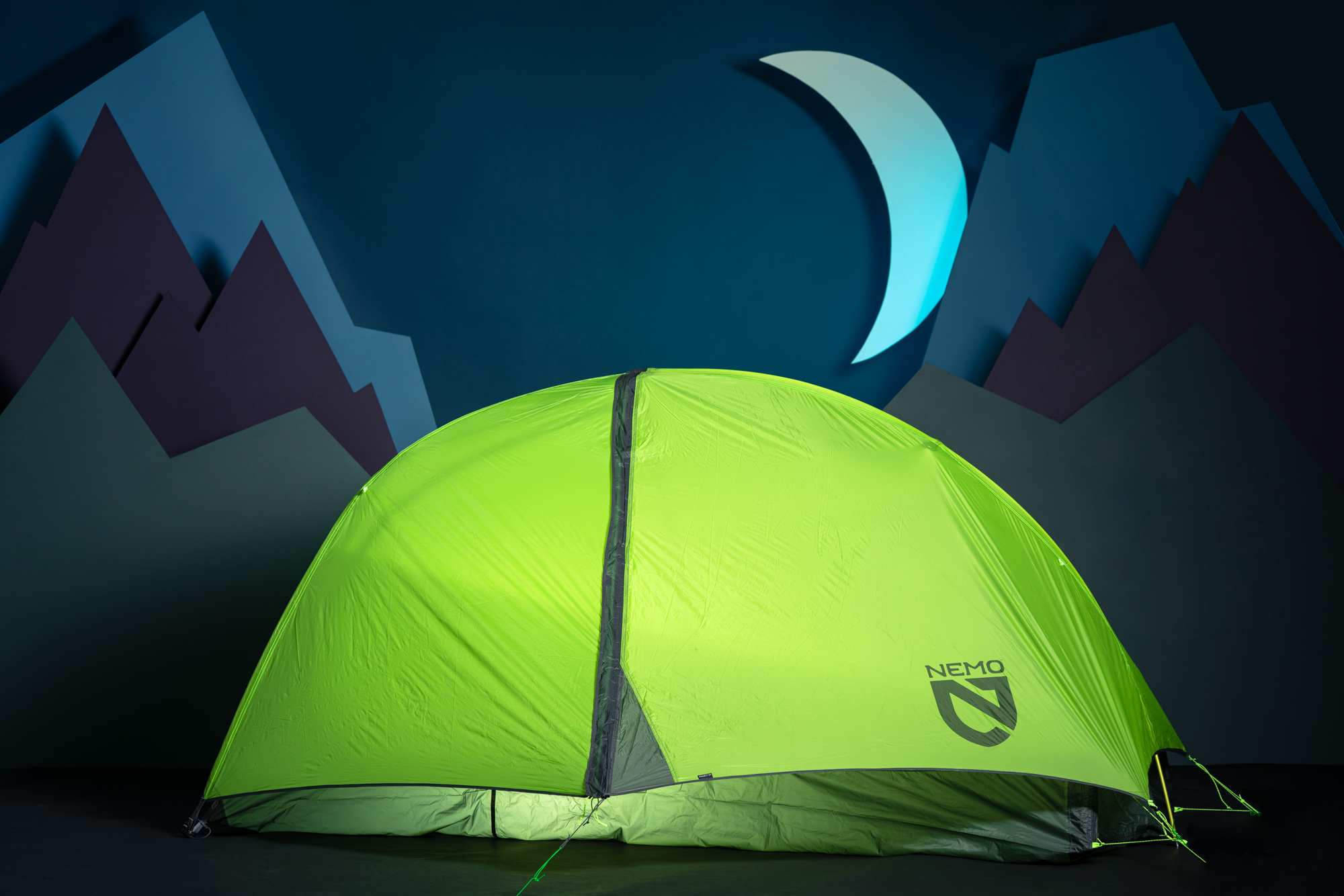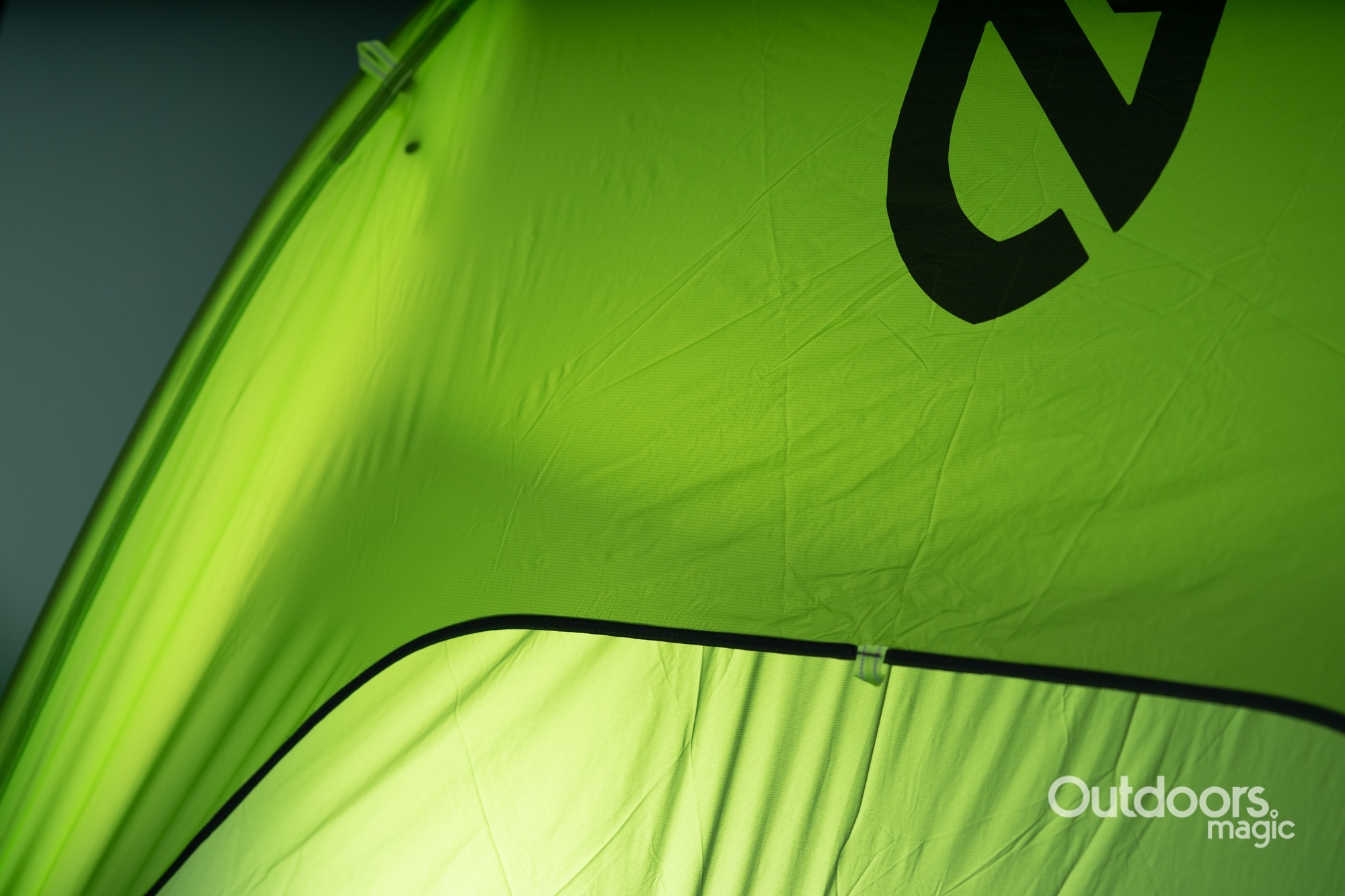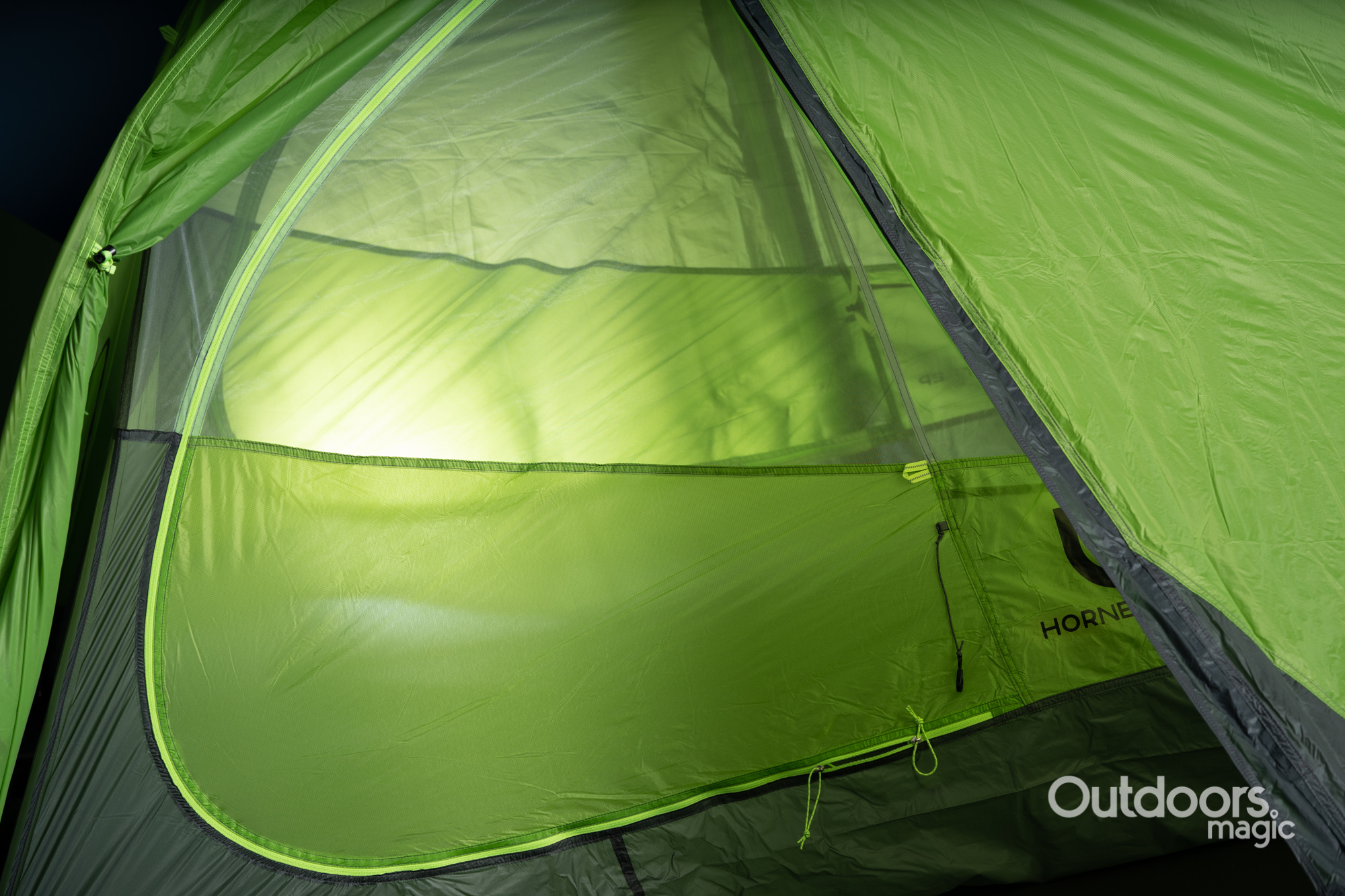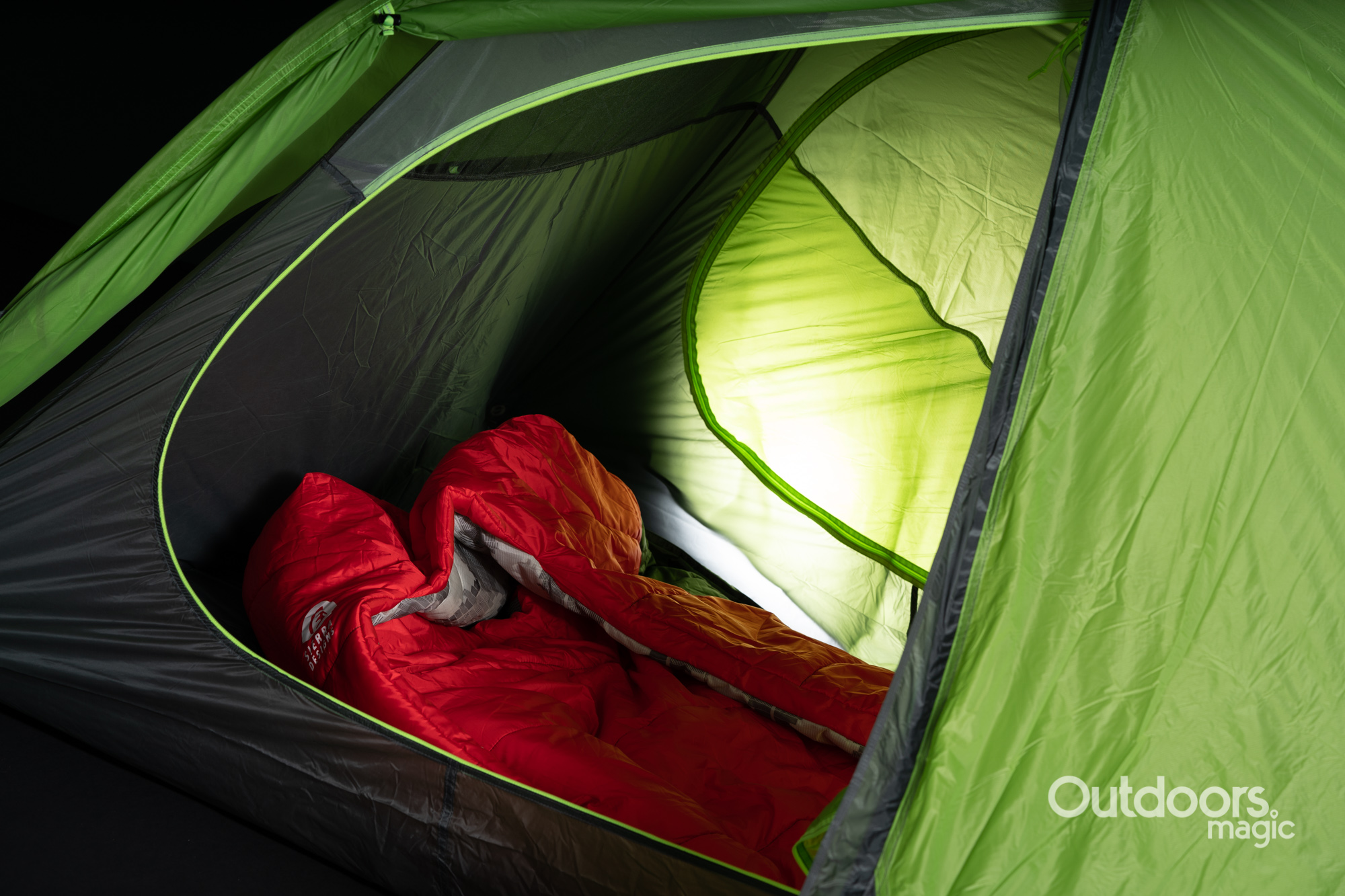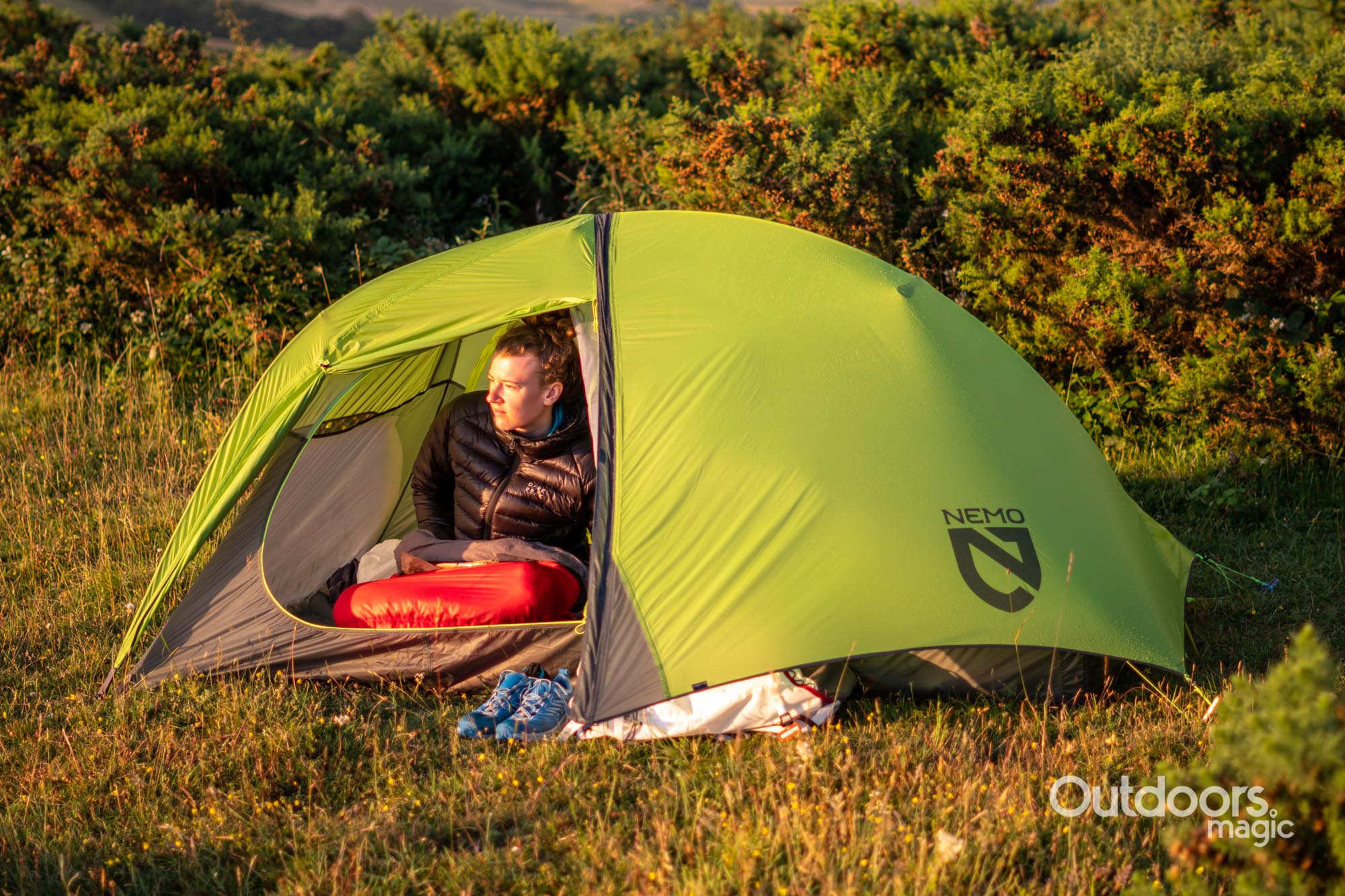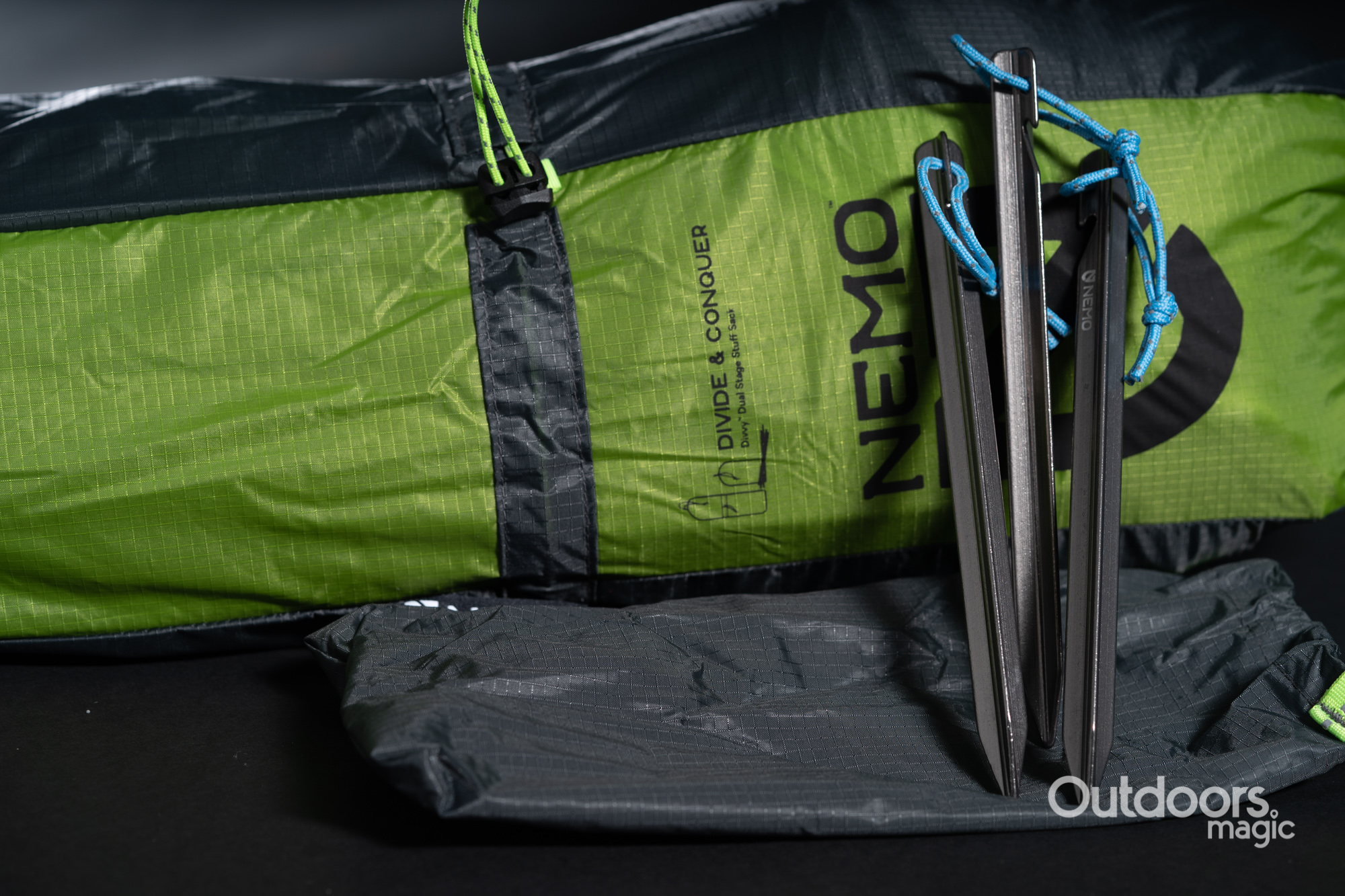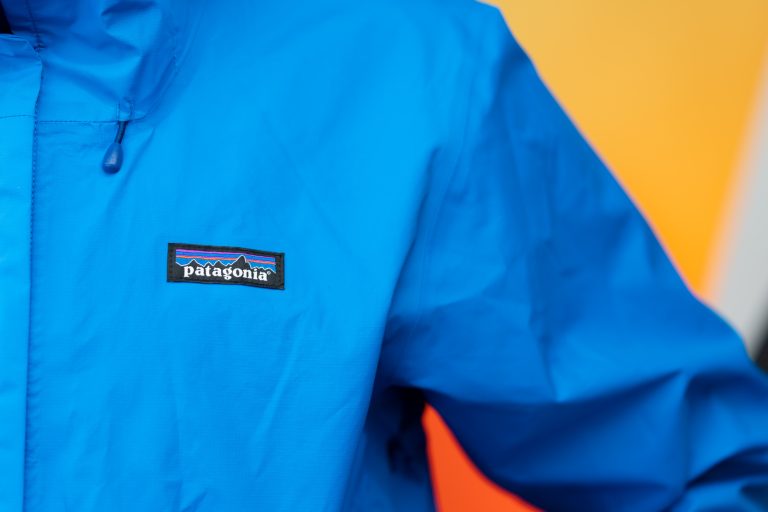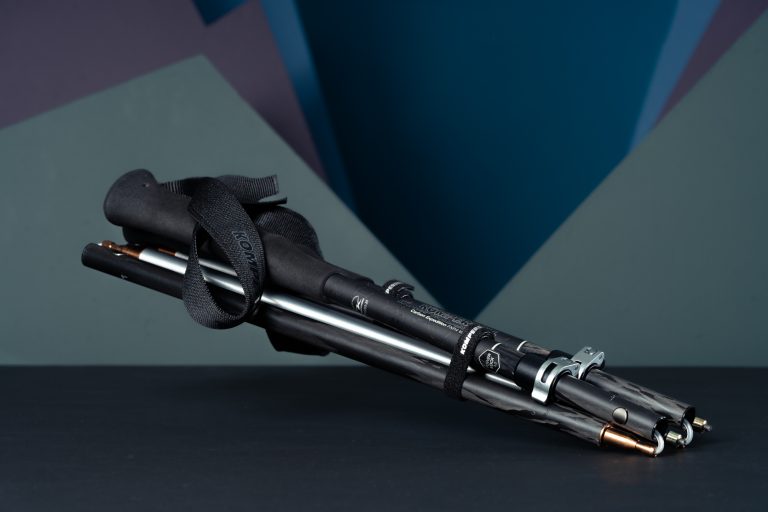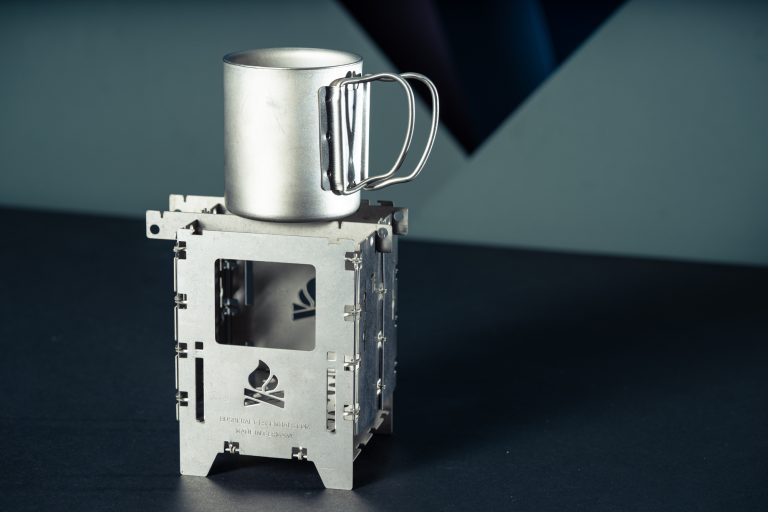Why We Chose The Nemo Hornet 2P Tent: great ventilation, fast to pitch, lightweight
Although a newcomer to the Outdoors Magic review pages, New Hampshire-based Nemo Equipment (meaning New England Mountain Equipment) have been making tents, bivys and a great deal of other camping equipment for the past 18 years over in the States.
The brand began after founder Cam Brensinger noticed a gap in the market for better bivy shelter designs having been frustrated at the amount of poorly designed options out there that couldn’t do the job for him on his nights pitched up on the side of Mount Washington.
Who Is The Hornet 2P For?
This is a great option for lightweight backpacking or bikepacking, offering a decent amount of room for two people plus their kit. Two-person tents that are pushing the sub-1kg barrier are usually short of headroom and lack two entrances and vestibules, but that’s not the case here.
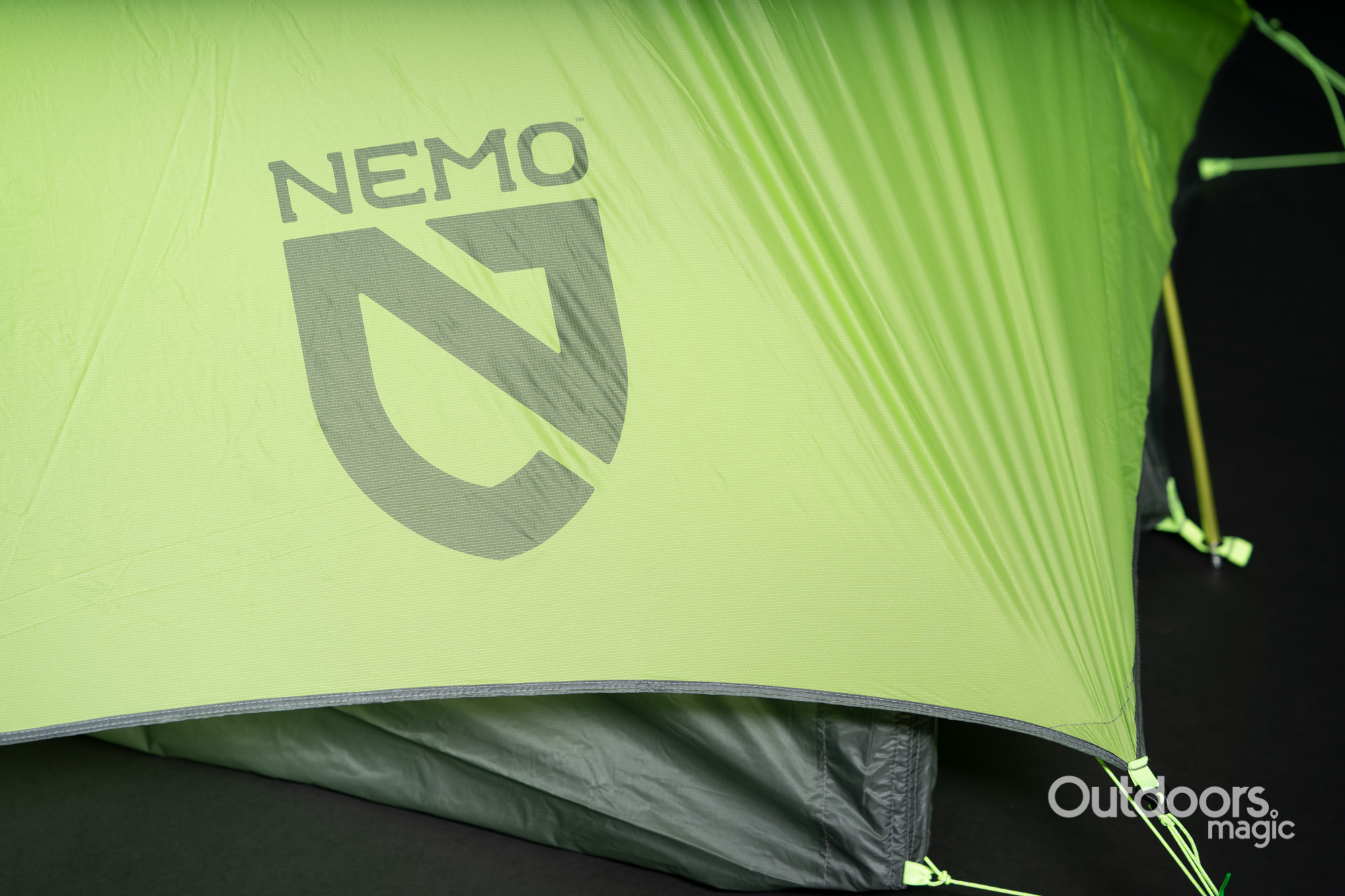
Build
The single forked pole design makes for an easy pitch, while Nemo’s own ‘Flybar’ extends headroom space by giving two additional attachment points for the inner thus widening the width of the roof. This simple freestanding design can either be pitched inner only, or with a lightweight flysheet.
The flysheet is 10D and PU and silicone coated nylon, with a large cutout at the head of the tent which keeps the overall weight down while increasing ventilation as well. The bathtub groundsheet reaches up high enough to protect the exposed section that this section creates.
Two large doors (large for this size of tent) are found on either side of the tent. When zipped up, they provide two spacious vestibules that offer enough room to leave a backpack, boots, and still enough cooking space per person.
Features
To help to increase space inside the tent and to keep your feet away from any potential condensation, two carbon fibre struts are added into the corners of the inner at the bottom end. When pegged down these make a big difference. Further space inside the inner can be achieved by using two ‘volumizing guyouts’ that sit on either side of the tent. These thin cords attach the inner to the fly, pulling the inner out, creating a little more width.

